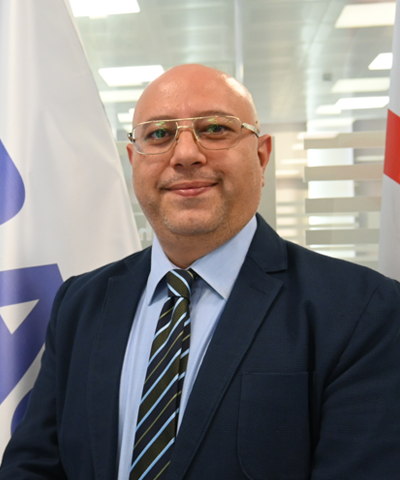
A. Education
| Program | University | Degree | Year |
| Civil Engineering | Islamic Azad University (Central Tehran Branch)/Iran | BSc | 2000 |
| Civil Engineering | Eastern Mediterranean University | MSc | 2006 |
| Civil Engineering | Eastern Mediterranean University | PhD | 2019 |
B. Academic Titles
| Title | University | Scientific Field | Year |
| Assist. Prof. Dr. | Bahçeşehir Üniversitesi | Structural Engineering | 2020 |
C. Work Experience
| Program | Position | University | Period |
| Civil Engineering | Part Time-Lecturer | Eastern Mediterranean University | 2017-2019 |
| Civil Engineering | Lecturer | Bahçeşehir Üniversitesi | 2019-now |
D. Publications
Mousavi, S. M. F., & Sensoy, S. (2019). Direct estimation of the P-delta effect through the “stability-coefficient-response-spectra” by introducing the “first-storey-single-degree-of-freedom” system. Bulletin of Earthquake Engineering, 1-22. doi: 10.1007/s10518-019-00599-z.
E. Research Topics
Assist. Prof. Dr. Seyed Mohammad FARD MOUSAVI carries out his research mainly on the following four topics:
Currently, the available seismic design codes limit the secondary P-delta effects through limiting the inter-storey drifts in a trial-and-error manner. Direct consideration of the P-delta effect tries to enhance the procedure by recognising that among various parameters, the height of the first storey in a structure rarely changes.
Geometric nonlinearity has long been neglected in development of the equation of motion of SDOFs. In light of improvements and data analysis field and availability of high-speed computers, it is interesting to identify the errors introduced by geometric linearization.
An important aim of earthquake engineering is to mitigate the risk associated with future earthquakes through elaborated probabilistic-seismic-hazard and risk analysis methods. To this end, annual frequency of exceeding a particular earthquake characteristic (hazard), and approximations of probable earthquake damage to building structures (damage functions), are used to form a reasonable estimate on frequency-of-exceedance versus potential-damage (risk). Upon recognizing the destructive effects of the vertical component of the ground motion, it seems necessary to account for its potential influence on the state of damage to have a more precise understanding of the risk associated with future earthquakes.
Recognizing the current environmental issues, construction industry is expected to adopt new methods and technologies to have lesser negative impacts. In this regard, a more flexible structural design, which permits for incorporation of recycled materials and reduces the material consumption is of great importance. Moreover, a green structural design may enhance green project management directly from the beginning of a project design.
Copyright 2023, All Rights Reserved.